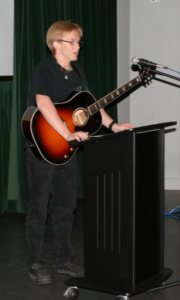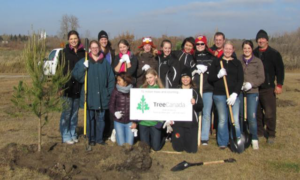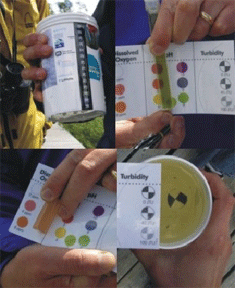2011 Sherwood Park, Alberta, Canada

Scott Deshane was a finalist in the 2011 Caring for our Watersheds Contest. Avid singer/songwriter, Scott wanted to use his talents to promote people’s awareness of and care for the environment. Scott’s Watershed Song was written just for the CFW contest. This is what Scott had to say about it:
“Music has been proven to help not only raise awareness of certain topics, but also remind [people] to avoid making bad decisions. If a song is “stuck” in a person’s head, they will repeat the lyrics over and over to themselves, and this will subconsciously help them remember something. If a song were created with lyrics that could remind a person of the dangers of harming the environment and that song were to stay with the person, then they would avoid harming watersheds.”
“The lack of awareness of the environment is definitely the supreme issue” – Scott Deshane
Set to a series of photos of water, this song will inspire you to Care for your Watershed! (And you would never guess the artist is in High school!)
The video can be seen on the Battle River Watershed Alliance’s YouTube channel at: http://youtu.be/l-c1XFjLLF8



